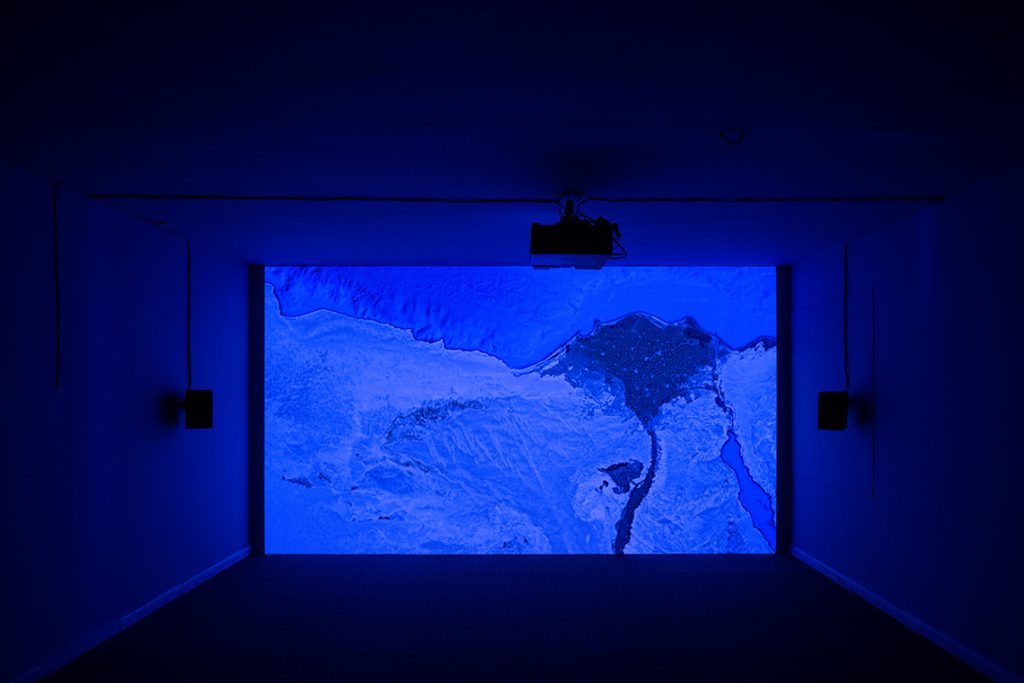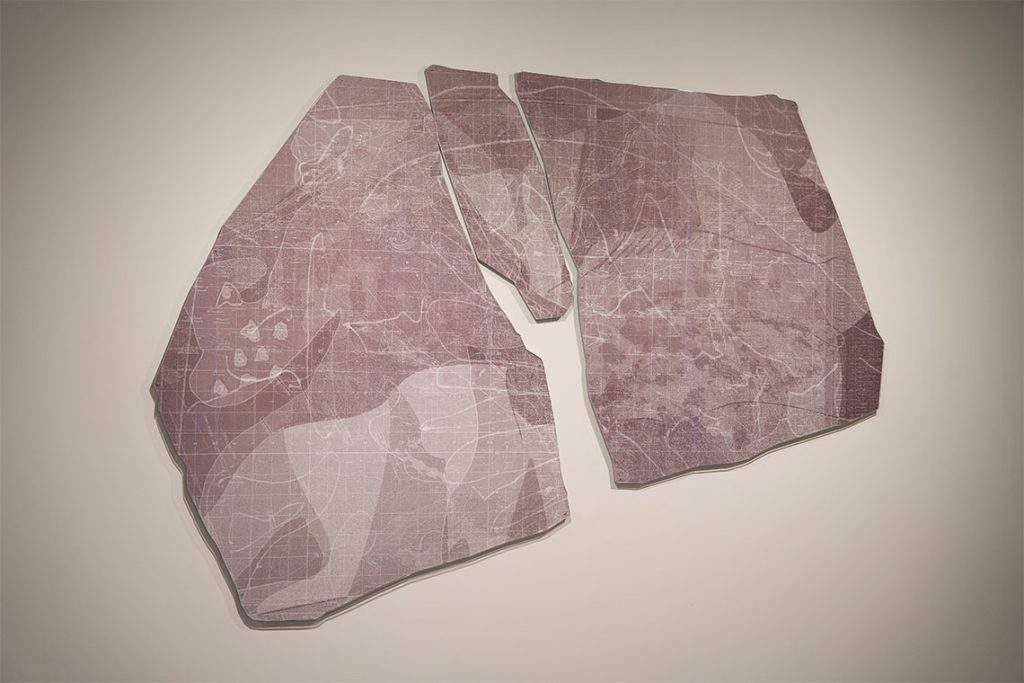The multimedia artist describes her work in group shows around the world, and shares her musings on the importance of stories and their bearing on political futures.
Canvas: Storytelling is a core foundation of your practice. What draws you to it?
Marianne Fahmy: To me, storytelling is about reappropriating stories. I deploy past narratives to discuss potential futures that could happen, and when I retell them in this form, they become relatable to people in the present day. For example, the first film I ever produced was 31 Silent Encounters (2016), which is based on love letters exchanged between an activist and his wife in 1950s Alexandria. I arranged parts of the letters together to create a kind of nonlinear dialogue. The architecture and the dialogue respond to each other in the film, as the couple speak about their dreams and hopes, and also about the general despair in Egypt at the time. Some of the building façades are now degraded and some are changed, reflecting the social and political changes in the city. This is how reappropriating a story can speak to what is current and happening right now.
How do you research these stories?
My work focuses on marginalised narratives in history that relate to the notions of identity and nationalism. They tend to be from the mid-20th century, because it was a very intense time politically and produced very strong feelings and opinions. I like to explore these through people who struggle with the ideas of nationalism. I take a new historicist approach, which is a way of understanding historical events through the stories of people who have witnessed and lived through them. I look at letters, diaries, photo archives and poems, and I find that the materials I collect are like objects that are ripe for questioning, reinterpretation, reimagining. What I’m trying to do is challenge existing structures that shape the present.

What Things May Come (2019), one of your films at Sharjah Biennial 15, also tells a story that shifts between past and future. How does this work challenge the present?
The film imagines that the Nile Delta has drowned, as scientific studies are predicting, and that the people who live in cities along the river have had to move to the desert. It explores what sort of society would flourish in the desert – how would the idea of society become deconstructed and reconstructed in that space? The film features a future oceanographer discussing this prospect and telling the story of how people survived. They settled in camps in a desert base in the Sahara that started as a government irrigation project. This is a reference to the Aswan High Dam, which was built as a nationalist symbol. There’s a particular term that has really influenced me, especially when I was working on What Things May Come – the term ‘fabulation’, discussed by the philosopher, Gilles Deleuze. He speaks about the role of artists in manifesting the people of the future by creating larger-than-life images. The future scenario in which I envisaged the High Dam questions present projects to manage the flooding of the Delta. The other work I’m showing at the biennial, Magic Carpet Land (2020), also deals with water projects in Egypt.

You’ve had a very busy year – besides the biennial, you’re also part of two group shows at Mucem and the Middle East Institute (MEI).
Yes, I’m exhibiting my work History as Proposed (2016) at Mucem. It’s one of the very first projects that I ever worked on, and deals with a former railway station in Alexandria. The building is abandoned and very damaged, although you can still see some architectural features like arches and columns. I was very intrigued by its history, because there’s not much information out there. I wanted to know the story behind it. So, I created a fictional hypothesis about what led to the destruction of the railway station, and inserted stills from my footage of the building into the pages of a 1970s magazine called Al Ma’arifa, or ‘The Knowledge’. The magazine was a highly trusted resource at the time. I ended up with this very absurd, crazy story. Some of the pages show Napoleon invading the railway station, others are set in ancient Rome. I designed my own full issue for the Mucem exhibition.
The work questions the infrastructure of Alexandria. The railway station is very close to the port and it was a crucial part of the city, both economically and socially. Its destruction reflects how the city has changed since it was active. In this respect, History as Proposed engages in dialogue with the historical artefacts that are also part of the exhibition. They stand as testimony of a certain time, but then you have what’s actually left of that time. It makes you question the way the city is planned and the functionality of certain infrastructures.
You’ve often described your work as “boundless by time”. What does this phrase mean to you?
Disappearing Land (2022), which is in the MEI exhibition, is a good example. It’s also part of my research on the Delta and water in Egypt. It’s a map of the Delta based on an ancient Roman map entitled Forma Urbis Romea that was carved on a huge slab of marble. Archaeologists are still finding fragments of it The idea of a changing map is very interesting to me. In a way, it’s not even ancient anymore, it’s something that’s ongoing. It’s almost as though the Delta is changing in time with the ancient map, which is also still unfolding. When you reappropriate something historical in the present moment, the timeline becomes intangible.
This interview first appeared in Canvas 107: Art Nomads: The Journey of Ideas



